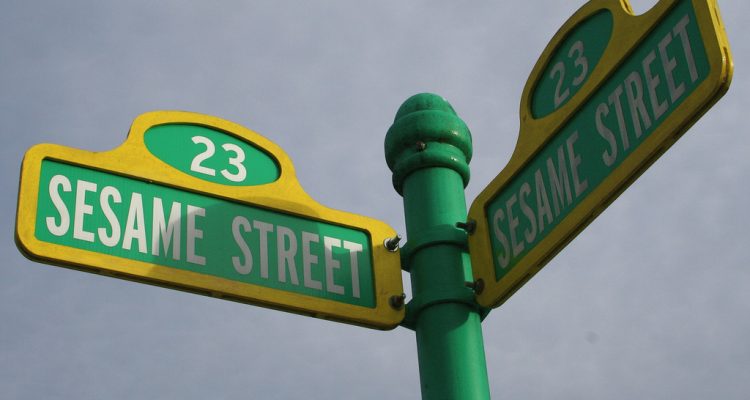As our society attempts to make strides in becoming more inclusive of those with differences of abilities, we can only hope that the inclusion will not only take place in our day-to-day experiences, but also appear in mainstream media. According to a recent article by The Huffington Post, the iconic children’s program, “Sesame Street,” is adding a new character to the mix: Julia, a muppet who has autism. I believe that the inclusion of Julia will be highly beneficial to young viewing audiences who may encounter children with special needs in their day-to-day school experiences. By seeing the character of Julia on their screens, it could encourage them to include their peer who may learn or behave differently, and better understand that these differences do not need to be treated as scary or with trepidation.
From an early age, we consume media and interpret the messages that it presents. Therefore, when we see accurate representations of people who are different than ourselves, we gain a better understanding of their experiences and learn that their differences are not inherently negative. According to Catherine Happer and Greg Philo’s article, “The Role of the Media in the Construction of Public Belief and Social Change” in the Journal of Social and Political Psychology, “… in our work on disability, we showed the relationship between negative media coverage of people on disability benefit and a hardening of attitudes towards them.” Happer and Philo go on to discuss that they learned how media is capable of limiting the information given to audiences to help them understand these issues. Additionally, they mentioned that “alternative solutions to political problems are effectively removed from public debate.” Although the study relates specifically to how disabilities are portrayed in the United Kingdom’s mainstream media at the macro level, it is crucial to understand that the representation of disabilities is a global concern and that we must look for representation at its earliest stage and understand how it can influence early childhood development.
More so, in addition to providing children with greater exposure to children with special needs, it will give children who have special needs and may experience feelings of being ostracized a chance to see themselves portrayed. According to The Huffington Post article, “Julia’s designers were eager to use the new muppet to express issues kids with autism often deal with, without turning her into some kind of standard model for everyone with the disorder.” In addition to broadening the scope of people who are portrayed on television, I think that it is encouraging that the people responsible for Julia’s creation are not trying to make her the “poster representation” for children with autism. Rather, her character is a stepping-stone that may lead to future representations that while not applicable in every circumstance, can improve how all of us view those on the autism spectrum. The additional reality that Julia’s puppeteer, Stacey Gordon, has a son with autism may also lend itself to an accurate portrayal of how some children “do things a little differently,” as the article said.
I am confident that the inclusion of Julia, if treated respectfully and in the way that the designers suggested in The Huffington Post article, will only serve to benefit future generations of children. Representation at an early age is crucial to the development of children and teaches them how to engage with others. If they are only exposed to the same representations on their screens, it does not teach them that in the real world, there is diversity and that differences in learning, actions or behaviors are not abnormal, but rather something that should be embraced and celebrated; a way to gain a fresh perspective on life.


Leave a Reply